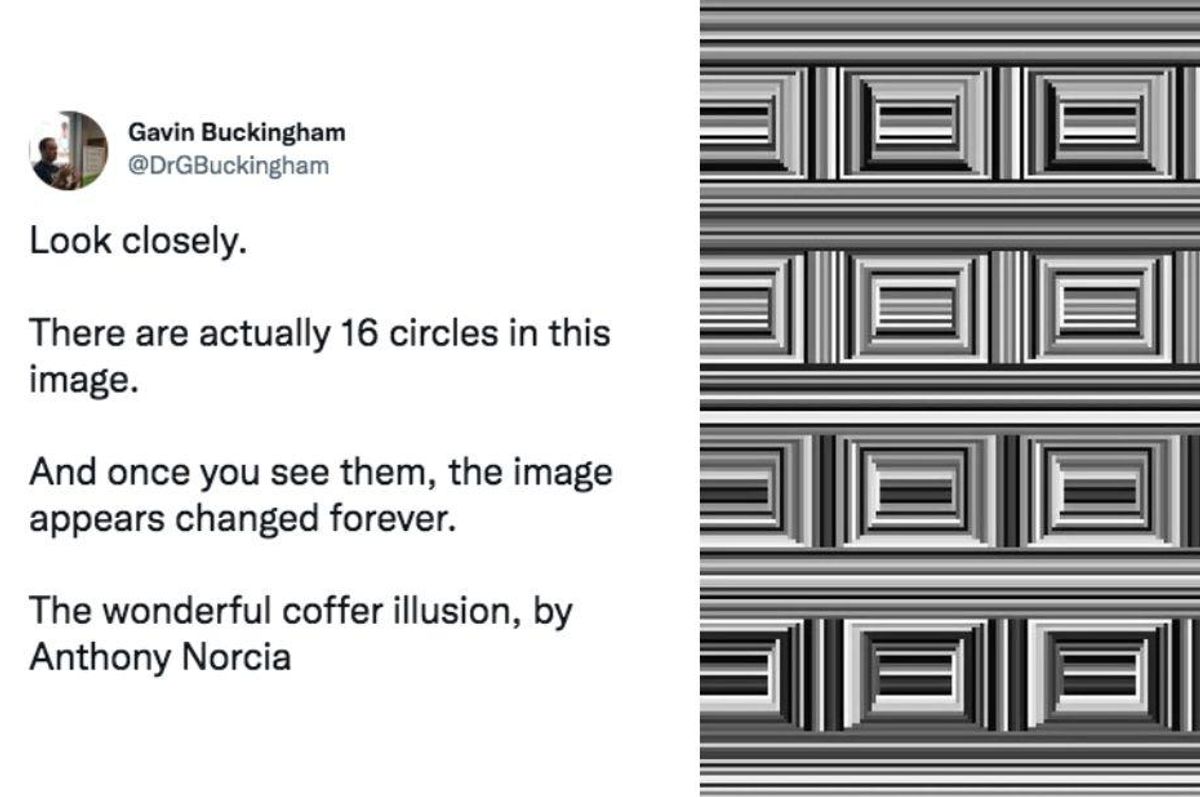Christmas as a kid was the absolute best: crafting your wish list with care; the anticipation as presents began to appear under the tree; the lights, the cookies. It was pure magic. Though the holidays are still special in their own way once you're grown, most of us would love a chance to feel like a little kid again on Christmas morning.
One small way adults are recapturing that nostalgia is by remembering the most in-demand, highly anticipated toys and games from their childhood—the ones every kid wanted for Christmas. The ones that had Mom and Dad standing outside Toys R Us at 5 a.m. The ones that prompted panicked reports on the evening news about toy shortages and checkout line mayhem.
Here are 11 of the hottest toys of all time that topped Christmas lists in the 50s, 60s, 70s, 80s, 90s, and even early 2000s.
1. Baby All Gone
This doll, released in 1991, was pure witchcraft for kids who saw the commercials on TV. You could make it drink milk or eat cherries which would then just...disappear.
"It is sweet how a simple toy like Baby All Gone can bring back warm memories, because those disappearing milk and cherries remind us of a time when childhood felt magical and full of small joys," one user wrote on X.
"I never understood where the cherries went. Did they go in the mouth or the spoon? Perplexed," added another.
All we know is that we wanted it.
2. Easy-Bake Oven
In 1963, the toy company Kenner changed the game when they released the Easy-Bake Oven and allowed kids to cook their own brownies and cakes with a small lightbulb. The original design came in turquoise and yellow, and sold out during its first holiday season. The demand was so high that the company tripled production for the next year.
Simply put, everyone wanted one.
"I remember the way the pastries tasted. Even to this day. And how disappointed I became when it took so long to bake. But the smell....I'm pretty sure I still remember how it smells," one user wrote on Reddit.
- YouTube www.youtube.com
3. Tickle Me Elmo
Perhaps the wildest Christmas toy craze of all time, Tickle Me Elmo was actually released in the summer of 1996. It didn't became a phenomenon until shortly after Thanksgiving, when a feature on Rosie O'Donnell and news reports of low stock prompted panicked parents to risk life and limb to get their hands on one.
By the end of Christmas that year, and after many injuries and in-store brawls, Tyco had sold over a million Tickle Me Elmos.
"That year only one kid in my class got one and they brought it to school to show everyone. Apparently they were extremely hard to find and their parents waited outside a store before they opened just to get one," a user wrote on Reddit.
 Tickle Me Elmo changed Christmas as we know it in the 90s.Kevin Labianco/Flickr
Tickle Me Elmo changed Christmas as we know it in the 90s.Kevin Labianco/Flickr
4. Chatty Cathy
Long before Tickle Me Elmo hit the scene, and way before the term "Chatty Cathy" was used to refer to someone who couldn't stop talking, kids in the '50s and '60s were falling all over themselves to get a hold of this talking doll. Chatty Cathy was the original pull-string doll, coming pre-programmed with seven different talking phrases. This was big news at the time.
One Reddit user reports never giving up on her dream of owning a Chatty Cathy, and finally finding one at an antique mall many years later:
5. A rock tumbler
Rock tumblers, which could magically transform rocks you found in your backyard into shiny gems or egg-smooth pearls, became hugely popular in the 1960s. They were a staple of every toy catalog for decades, but parents were often wary because they could be expensive and loud (especially in the early days). A kid could dream, though.
"I never did get that dang rock tumbler. I circled it so many times in the JCPenney Christmas catalog (it was the 80s), that I remember the paper nearly being torn through," a Redditor wrote.
6. Barbie Dreamhouse / Malibu Barbie Beach House
Barbie was released in the late 1950s, but the craze really went to the next level in 1962 when the first Barbie Dreamhouse came out. The Museum of Arts and Design writes that Barbie's pad was different from anything else on the market at that time:
"While other dollhouses of the time featured baby rooms and kitchens, Barbie’s house was in a league of its own. It looked like a modern studio apartment in NYC—complete with sleek modernist furniture, a TV console, a record player, and even a bookshelf stocked with fiction and Encyclopedia Britannica, showcasing Barbie’s love for learning! Barbie’s walls proudly displayed college pennants, proving she was educated and ambitious. She even had a fabulous dressing area and closet—because we know Barbie is all about fashion."
It wasn't until decades later that Barbie decided to move to the beach in Malibu, getting a whole new playset as a result. One Redditor writes that the Beach House was their dream house, but sadly, it was not meant to be:
"[I always wanted] a Malibu Barbie Beach House. We were a military family and it wouldn't have made all the moves"
- YouTube www.youtube.com
7. Moon Shoes
There's not much to say about Moon Shoes. If you came of age at a time where you saw the commercial on TV, you know all you need to know about them. "Kid-powered anti-gravity" shoes? Sold! What kid wouldn't be obsessed?
Most of us were not lucky enough to get our hands on a pair of Moon Shoes, sadly. Whether it was the price tag or the high likelihood of injury, a lot of parents had to say No.
"Moon shoes. [Dang] did I want some moon shoes. Growing up we were really tight in money. Only necessary items with a few wants if we could afford it," one user writes.
- YouTube www.youtube.com
8. Power Wheels
Power Wheels are the ultimate "everyone wanted it, nobody got it," Christmas present. If you grew up in the '80s or '90s, you knew precisely one kid who had one, and they were the envy of everyone at school.
Released in 1984, the early models cost between $129 and $150 to start. That would be a whopping $375 in today's money—definitely steep for most families. But all '80s and '90s kids dreamed of cruising down the street in their very own mini Jeep.
9. Furbies
One of the few toy crazes that lived up to the Tickle Me Elmo madness of 1996, Furbies took the world by storm in 1998.
Where Tickle Me Elmo seemed to be mostly driven by news and product scarcity, a lot of kids really, genuinely wanted a Furbie—they could talk to you, after all, gradually transitioning from speaking their own gibberish language to speaking English. They could even communicate with each other.
There were even rumors that China and other countries were using Furbies to spy on Americans, and the NSA actually banned Furbies from its properties. Sadly, those stories kept a lot of eager kids from realizing their holiday dreams:
"I wanted one but I wasn't allowed one, my Mom believed the 'OMG DEY R SPYING DEVICES!!!!' stories that the news was pushing at the time," wrote on Redditor.
- YouTube www.youtube.com
10. Joe Namath Electric Football Game
Before there was Playstation and Xbox and John Madden football, there was Joe Namath. The vibrating, magnetic foosball-like game may not look like much by today's standards, but kids in the '60s got hours and hours of joy out of it.
"OK, old timer here," one Redditor wrote. "The must get present was the old 'electronic' football game where the big metal field vibrated the little players chaotically around the field."
"My parents bought one of these for me for Christmas in the early 70s. I was in 2nd grade at the time. By the time I hit junior high school, my friends and I played this all the time," a YouTube commenter added.
- YouTube www.youtube.com
11. Hi Heidi doll
Another hit from the '60s, Heidi's selling point was that she could wave and came in her own little pocketbook. Ah, simpler times!
One Redditor shares a harrowing story behind never getting her own Hi Heidi in the '60s:
"I wanted one soooo bad. My dad's company had a Christmas party when I was a kid, and they had a show in an auditorium with a glass display case. At the end of the show, they called up the kids in the order of their dads' importance (president, vp, management, workers) and we got to choose a gift from the case. When it was my turn, the only Hi Heidi dolls that were left were black ones, and they wouldn't let me, a little blonde girl, have one. I was so upset, and ended up with a hula hoop, instead. Never did get a Hi Heidi."
- YouTube www.youtube.com
We've barely scratched the surface of the hottest "must-have" Christmas gifts in history. Adults all over social media continue to go gaga over erector sets, tether race cars, Polly Pocket, Tamogatchi, Teddy Ruxpin, and more.
It's amazing how the commercials, catalog spreads, or TV jingles for these toys can take you right back to Christmas morning. It's fun to remember a time when our biggest dreams were to play, bake, or jump high in the sky with anti-gravity boots. Celebrating with our own kids or the children in our lives is one small way we can recapture a little bit of that magic year after year.






 Family moving into a new home.
Family moving into a new home.  Driving Road Trip GIF by Rosen Hotels & Resorts
Driving Road Trip GIF by Rosen Hotels & Resorts 

 Tickle Me Elmo changed Christmas as we know it in the 90s.Kevin Labianco/
Tickle Me Elmo changed Christmas as we know it in the 90s.Kevin Labianco/